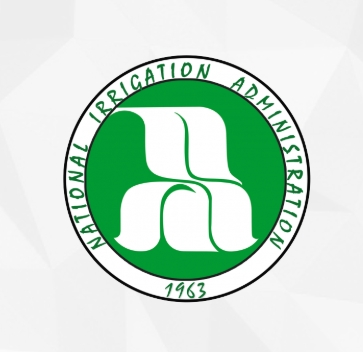The signing of a memorandum of agreement (MOA) allowing the repurposing of the National Irrigation Administration’s (NIA) water rights creates opportunities for water development projects aimed at increasing access to water for households and other stakeholders, according to a new report.
The MOA was signed in 2023 between the NIA and the Department of Environment and Natural Resources-attached agencies National Water Resources Board (NWRB) and Water Resource Management Office (WRMO).
The aim is to address the underutilization of NIA-managed water and repurpose the water rights of this agency and further promote water security in the country, said the policy note published by the think tank Philippine Institute for Development Studies (PIDS).
“This MOA represents a significant opportunity to expand access for various stakeholders to invest in water development” in light of the fact that “households in the Philippines still face significant gaps in water access, despite water resources being state-owned and managed through concessions or water rights,” said the report.
The research noted that as of 2022, “52 percent of the Philippine population does not have safely managed sources of drinking water, while 37 percent lacks safely managed sanitation.”
By 2030, an estimated 32 million people will need access to safely managed water, said the paper.
According to the MOA, NIA has been holding over 1.3 million liters per second of water rights for irrigation, with much of this water going unutilized because, for one, “many sites that were once agricultural lands have since been converted to communities.”
The MOA, signed on October 4, 2023, provides for the multipurpose use of the allocation to NIA, including domestic or municipal water, hydropower, floating solar use, aquaculture, industrial applications, and recreation or tourism.
Unfortunately, progress in expanding access to safely managed drinking water in the Philippines has been slow, largely because of a highly fragmented governance system for water resources. While water rights are allocated by the NWRB, numerous other agencies manage different aspects of water supply and utilization.
Apart from the NWRB, 21 other agencies have been identified to be performing 14 different water-related functions.
“A manifestation of this fragmented governance is the extensive water rights allocated to NIA, which have, over time, fallen below the actual water uptake for irrigation. However, these rights have not been transferred to other users, contributing to the overall lack of access to water resources,” the report continued.
Thus the MOA presents an “amicable solution” allowing NIA to retain its water rights while also permitting multiple uses of those rights, but with the prohibition against any reduction in the supply of irrigation water to farms.
“The repurposing of NIA water rights now has a legal framework and shows great promise for highly populated areas where significant portions have been converted or cannot otherwise be feasibly irrigated,” said study authors Roehlano Briones and Amerah Azis, who presented their report findings in a June 26, 2025 webinar.
Nationwide, more than 1.3 million liters per second of NIA water rights have been covered by the MOA on repurposing water rights. The largest volumes are found in Region 3, followed by Regions 2 and 1, and then Regions 6 and 12. Meanwhile, the regions with the largest unusable service areas are located in Regions 5, 3, 10, and 4A, areas that present the greatest potential for repurposing.
However, despite the MOA, challenges and constraints in utilizing these NIA water sources remain, “particularly due to fragmented governance in the water sector, the availability of excess water for distribution, and low returns on investment for private investors,” said the paper.
To illustrate, the most obvious candidate for expanded use is municipal water. “However, a World Bank (2023) survey found that among 47 LGU-run utilities, 68 percent were operating at a loss. A fundamental issue is that tariff setting appears to have been too low while production costs remain high, necessitating LGU subsidies for water utilities,” said the policy note.
To address all these issues, the government should implement a program in which water supply projects follow a prioritization scheme, blended financing is made available, and a nationally regulated tariff-setting system is put in place, the report recommended.




